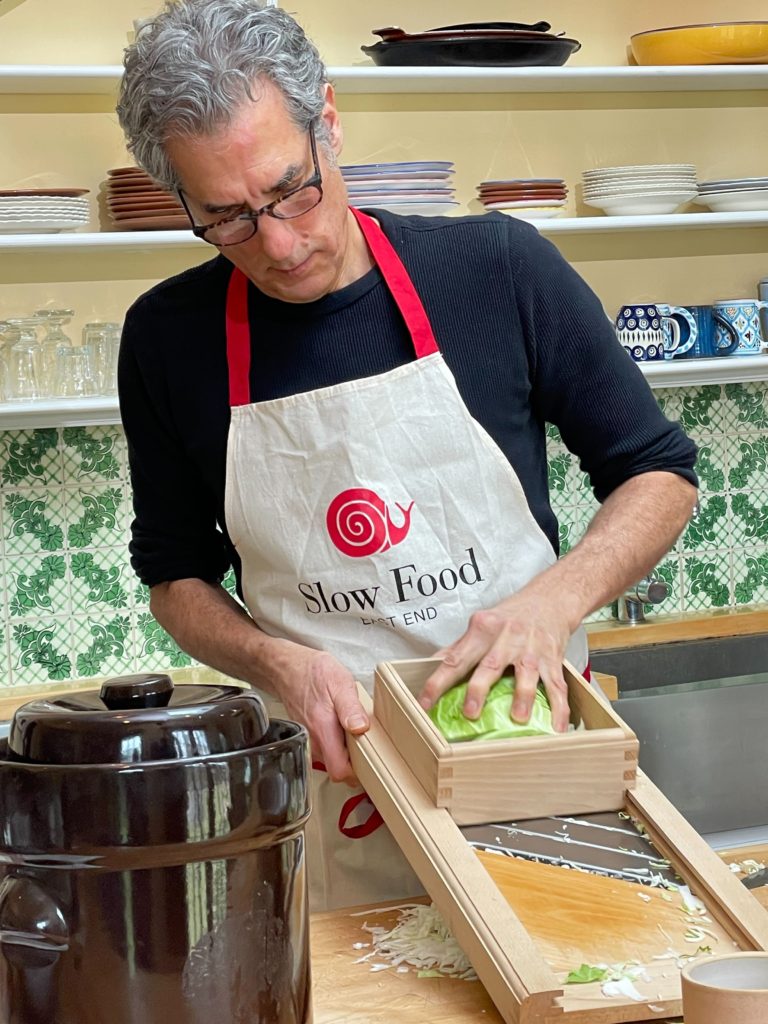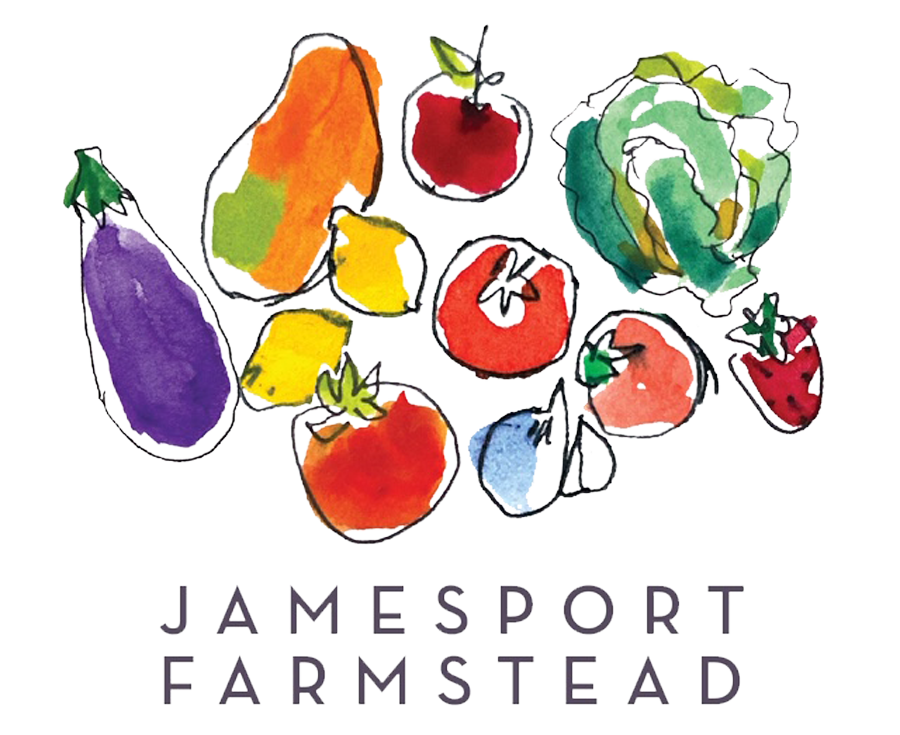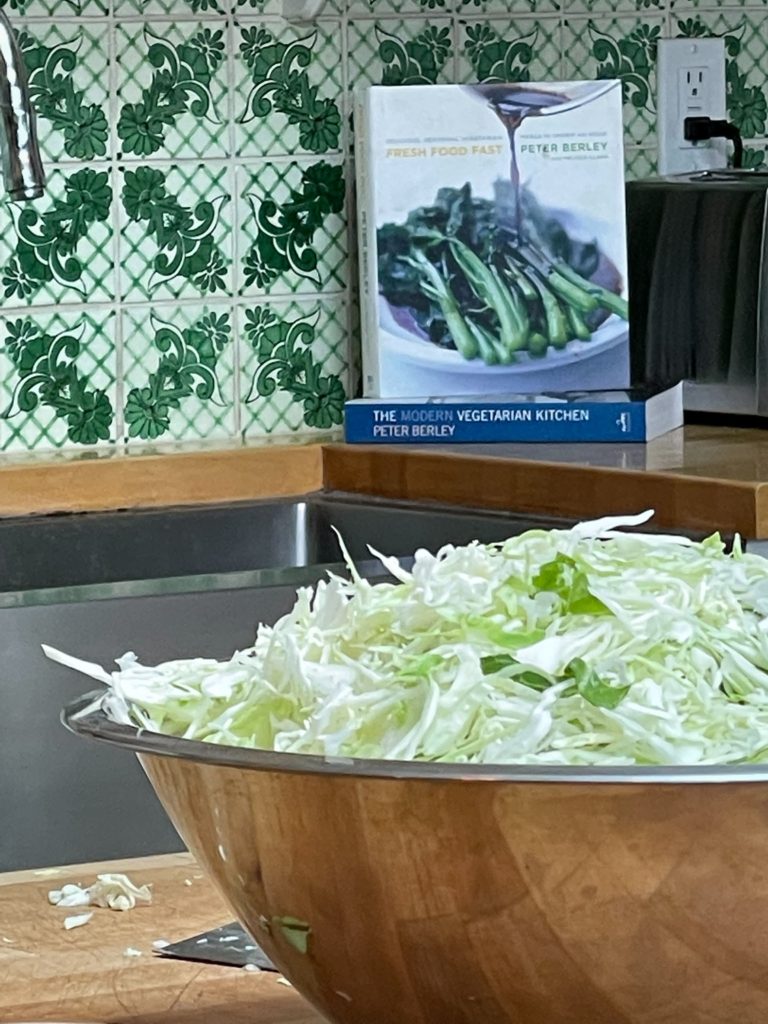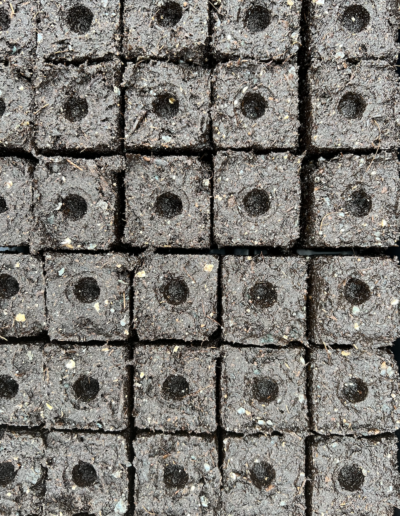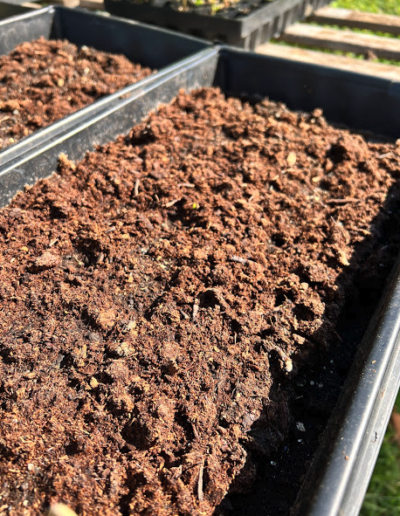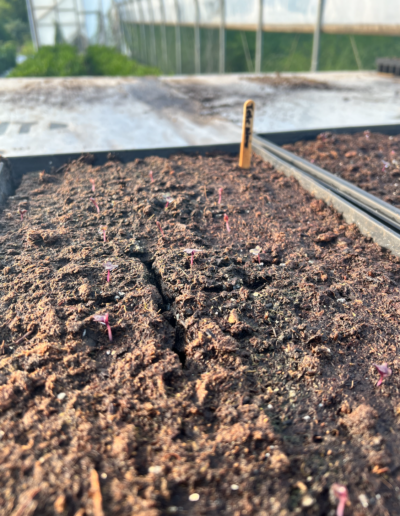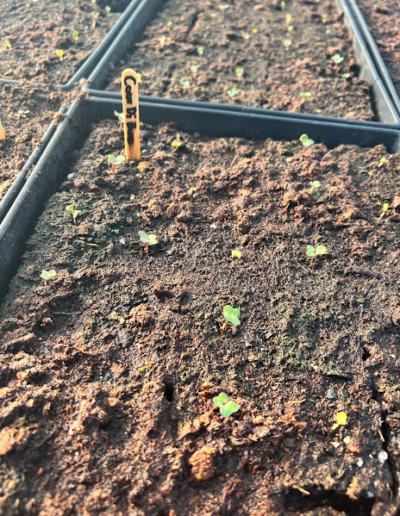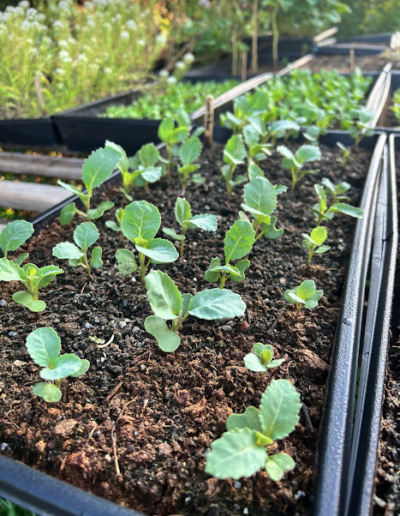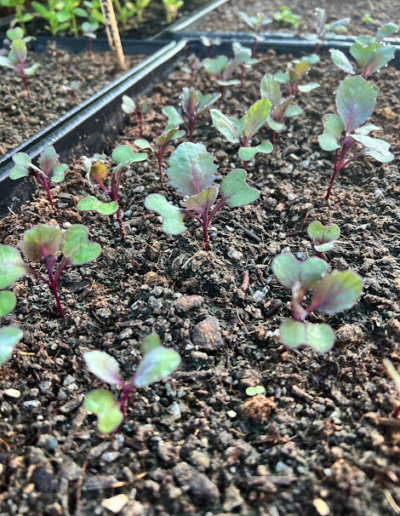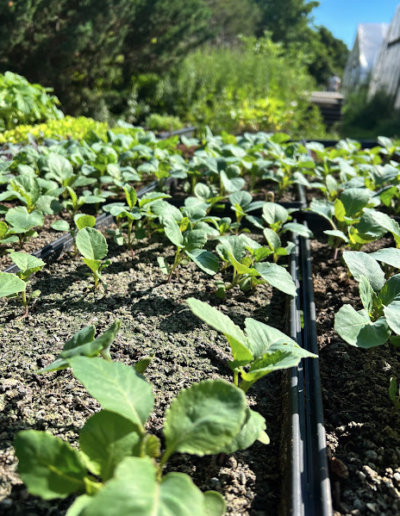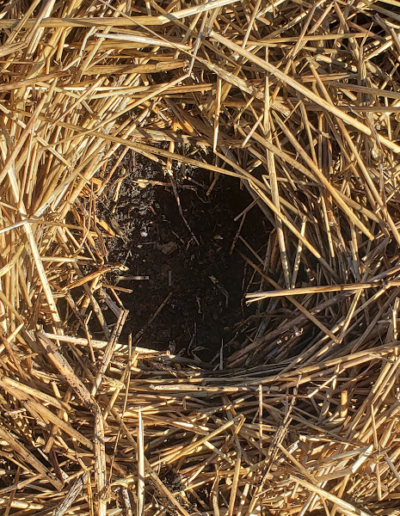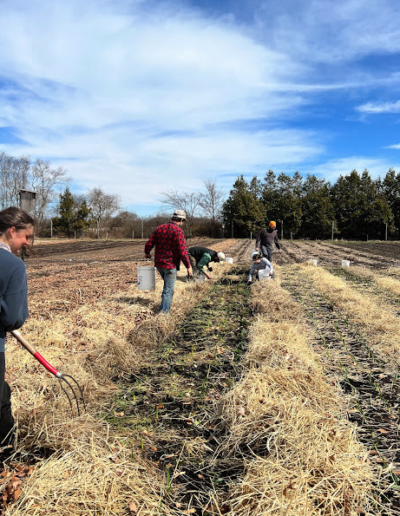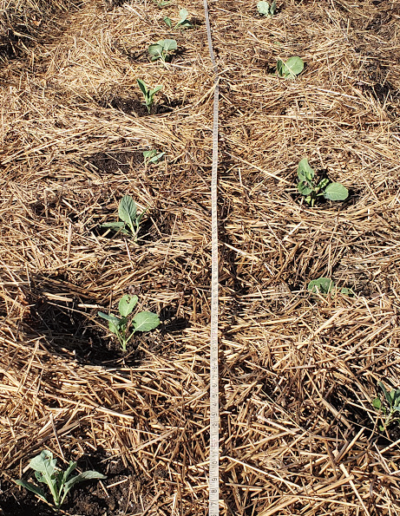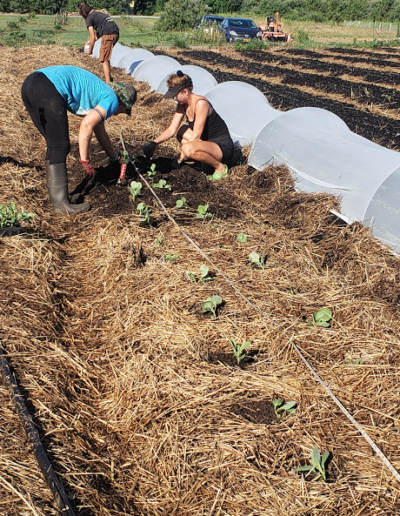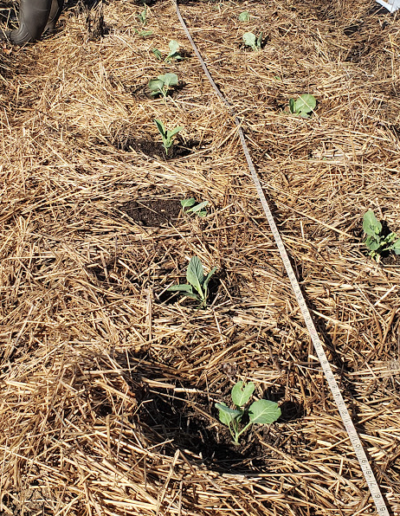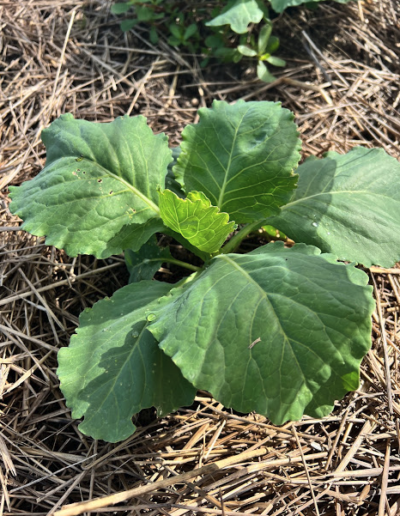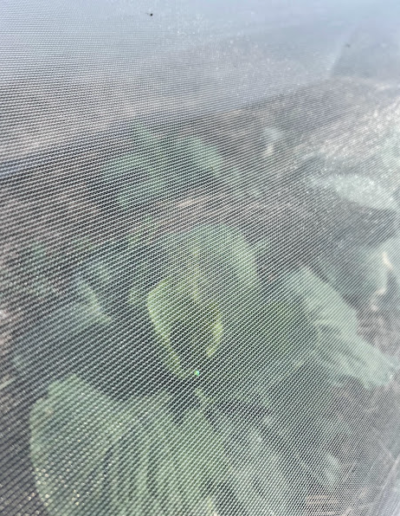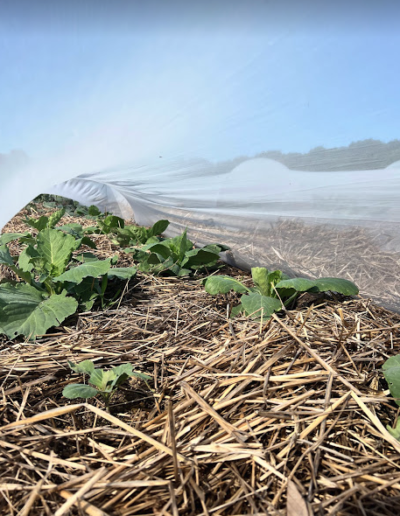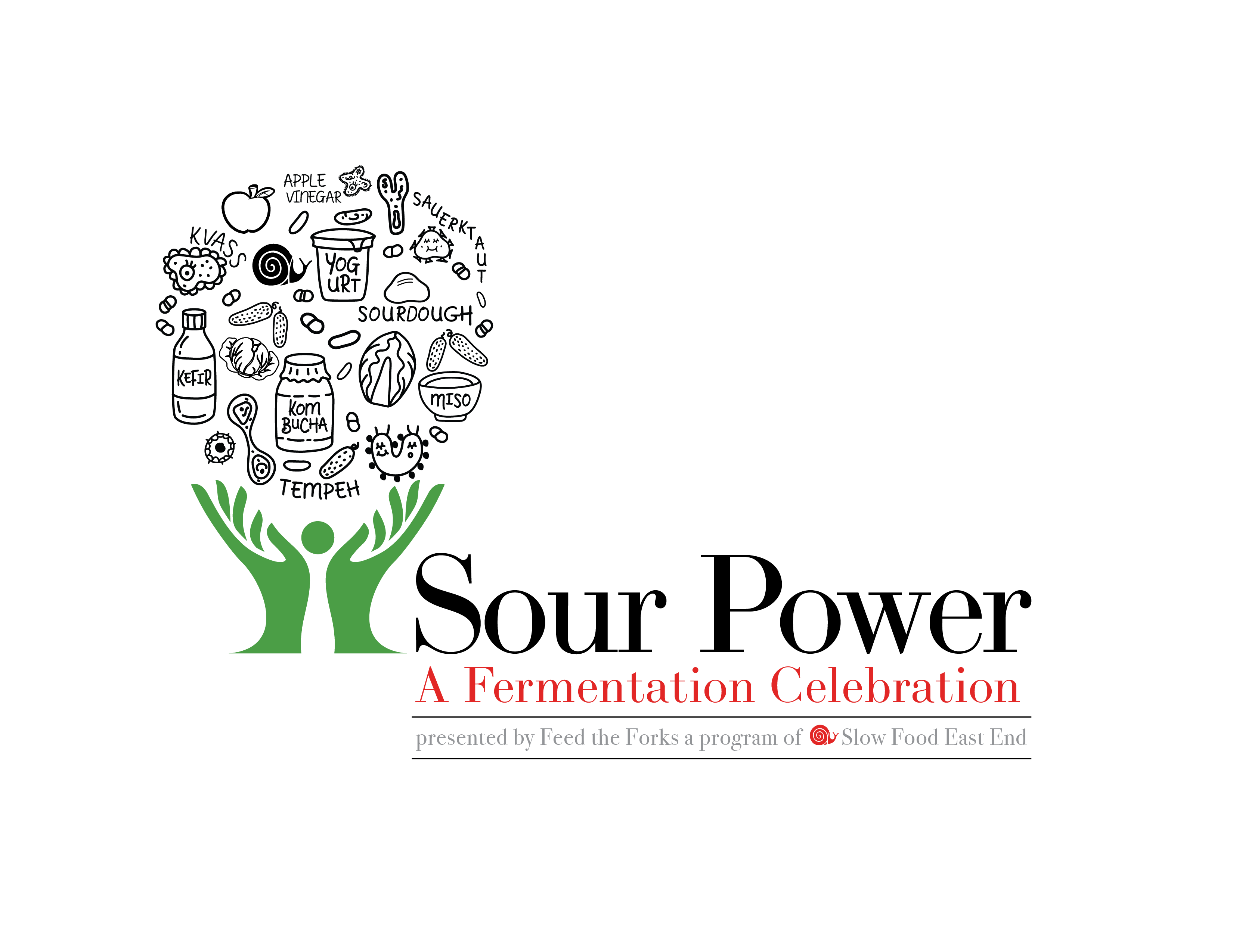
October 22, 2022, will be the inaugural launch of Sour Power!
Fall harvest season is upon us, the days are getting shorter, the nights are a bit cooler and while East End farmers have been busy planting and reaping fertile fields, Slow Food East End has been planning a fall festival.
Sour Power will bring our community together to celebrate fermentation, a truly slow food process that connects soil, seeds farmers, and foodies. Fermentation traditions are ancient, rooted in the culinary traditions of many cultures. Sour Power will be a multi-faceted initiative that will educate our community about the history of fermentation, and the farming of cabbage.
Slow Food board member, Chef and James Beard award-winning author, Peter Berley, has long been on the forefront of chefs extolling the health benefits of fermentation. Sour Power will be an opportunity to learn more about the traditions and techniques of fermentation.
Our Sour Power celebration this year will be a collaboration with Jamesport Farmstead. A no-till organic farm on the North Fork that was recently awarded Slow Food East End Snail of Approval award for its farming practices. The Farmstead has planted rows of cabbage for Slow Food that will be harvested mid-October for our event.
For about 200 years cabbage has been commercially grown on Long Island.
The mighty cabbage is a versatile vegetable that has long been fermented into Sauerkraut. Save the date of October 22 to join SFEE, Chef Peter Berley and the Jamesport Farmstead farmers for a lively and educational hands-on experience of shredding and making Sauerkraut with traditional tools.
Follow our blog as we share photos and stories documenting the season’s planting. We hope to see you on October 22nd at the Jamesport Farmstead Main Road farm stand for a festive fall celebration toasting our farming community, and sharing culinary traditions and recipes for local produce that are known to enrich our diets.
CLICK THROUGH THE PAGES TO SEE THE PROGRESS OF OUR CABBAGES!
We start all our vegetable seeds with soil blocks. The cabbage seed is placed right in the dibble and then we cover them lightly in peat and water them.
Here are the same soil blocks once we cover them in peat and lightly water. We then place them outside to germinate because our high temperature tunnels are getting too hot this time of year and will cause them to dry out or not germinate at all.
Here are some red cabbage (Tete Noire Cabbage) seedlings just starting to make an appearance, this is about 7-10 days after planting.
Here is the green cabbage (Cour Di Bue) seedlings just started to show their cotyledon leaves after germinating for 7-10 days.
Here’s the Coir de Bue cabbage about 3 weeks after being seeded in soil blocks, just a couple weeks away from being transplanted.
We push aside the straw just enough to get the cabbage start into soil, the goal is to always keep out soil covered and protected.
The beds that the cabbage are planted in were originally garlic. Here’s a picture of the crew clearing of the straw in April. Once the garlic was harvested in July, we weeded the beds to get them ready for more veggies which includes the 2 beds of cabbage.
We run a tape measure down the center of the beds so we can quickly place out each cabbage seedling 1.5 feet from each other and then we do the same on the other side of the bed, staggering them so the plants have plenty of room to fill out.
Here’s the crew planting each seedling, one person leads by placing the plants every 1.5 fee while the rest follow and plant them in the ground.
All our brassicas (kale, collards, cabbage, broccoli, etc) get covered with row cover or mesh to protect them from flea beetles! We also do this for our arugula.

